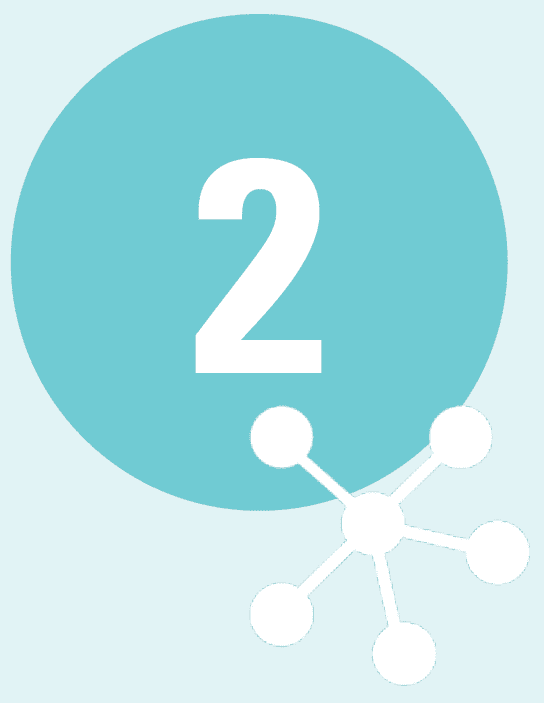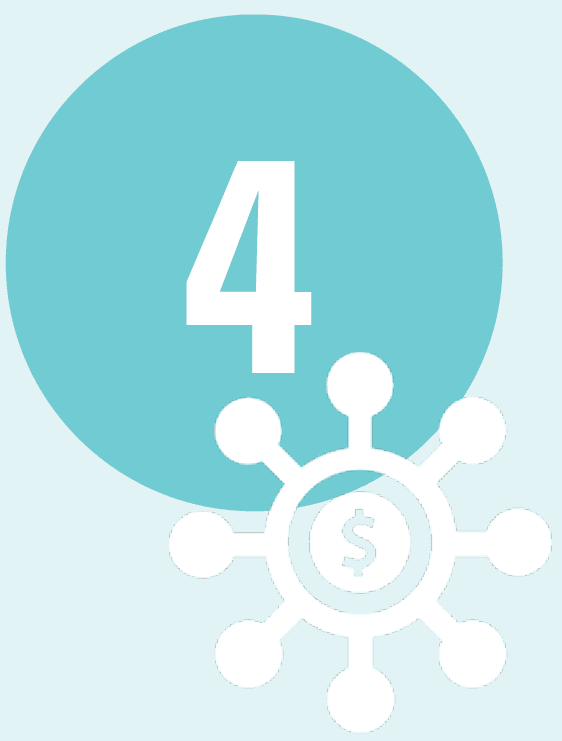Child Hunger and the Coronavirus Pandemic
Getting Food to Students From Low-Income Backgrounds During School Closures

On a typical school day, 21 million K-12 students from low-income backgrounds rely on free or reduced-price school breakfasts and lunches. With schools across the country closed indefinitely due to the coronavirus (or COVID-19) pandemic — as well as many parents newly-unemployed — the United States is facing the risk of massive child hunger.
School districts are working hard to provide access to school meals through grab-and-go programs at schools and other community sites, and some are even delivering meals and using other strategies. These efforts are important, but on their own they are massively insufficient to meet the overwhelming need. By their nature, mass food distributions at select sites have limited impact; for example, in normal times, only about one out of every six students who are eligible for free and reduced-price lunch utilizes the summer meals program, which relies on getting meals at designated meal sites.
As part of the recently enacted COVID-19 federal relief legislation, states can give extra food purchasing dollars to all low-income families with children in closed schools on ATM-like cards that they can use at food stores and farmers markets, reducing hunger and bolstering employment in the retail food sector. Some are calling this a Pandemic EBT program.
The program is potentially available in any school district closed for five days or more due to the pandemic. Payments to each family will be at least $5.25 per child per day. The effort will build upon the existing SNAP (food stamps) program, but will also provide benefits to families (such as some immigrant and middle-income families) not currently eligible for SNAP.
It is up to each state to decide whether to participate. And even then, implementing quickly and well is vital to ensuring that vulnerable children and families benefit as much as possible.
Here are four steps that state advocates should ask their governor’s office and the state agency that administers SNAP to take.


Immediately announce to the public — and communicate to the U.S. Department of Agriculture (USDA) — that the state will seek to implement a Pandemic EBT program.

Work with all key stakeholders — including state and local education leaders, food retailers, anti-hunger advocates, front-line government social service staff, public employee and grocery worker unions, EBT contractors, counties, and non-profit service providers — to rapidly craft a detailed plan for implementation and submit it to USDA, in accordance with USDA’s guidance.

Use emergency contracting and rule-setting procedures to secure the infrastructure and processes needed to provide benefits to potential recipients in this program, especially those who are not already SNAP participants. This is essential to ensure that families who receive free or reduced-price lunch and do not currently participate in SNAP can benefit from Pandemic EBT.

Appropriate funds to experienced, effective non-profit organizations who already provide SNAP application assistance to enable them to also provide application assistance for Pandemic EBT, including ensuring that outreach begins immediately, is sustained on an ongoing basis, and is conducted in multiple languages. The federal government will provide a 50% match for this outreach if it is part of the official state SNAP outreach plan.
